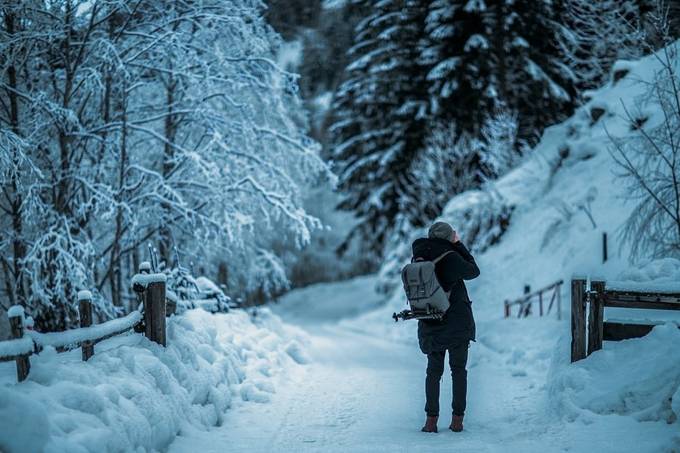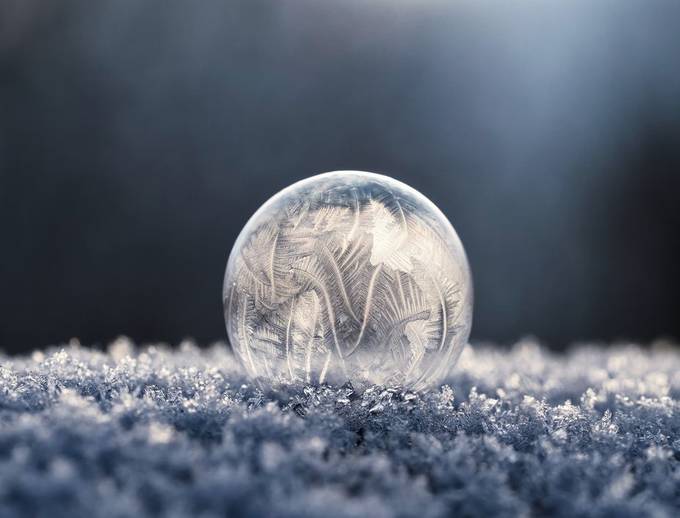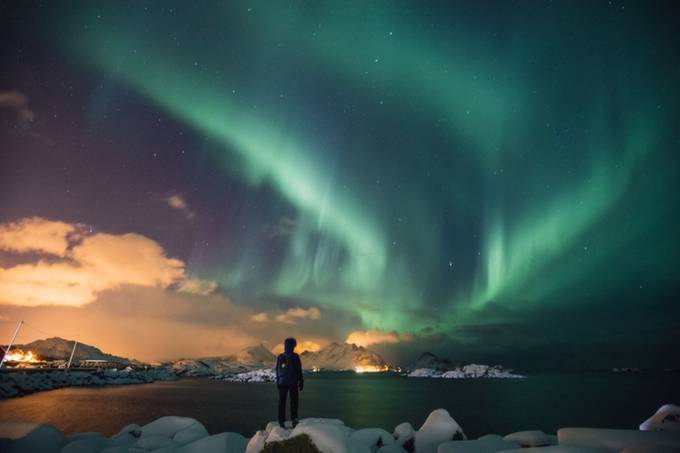Winter is a magical time of year and can offer great opportunities for stunning photography. With the snow, cold temperatures, and dramatic lighting, you have all the ingredients to create amazing winter photographs. Whether you are just starting out with your camera or an experienced photographer looking to improve their winter shots, here are some useful tips for capturing outstanding winter photos!

Our favorite basic photography winter tips:
Look for interesting light: Winter landscapes can be dramatic and beautiful, especially when the sun is low in the sky. Look for golden hour, when the sun is close to the horizon, and use it to your advantage.
Pay attention to the sky: The sky can be an important element in a winter landscape. Look for clouds that add drama or interest to the scene.
Use a polarizing filter: A polarizing filter can help reduce glare and enhance the color and contrast in your photos.

Experiment with white balance: The color of light can change dramatically in the winter, so be sure to experiment with your white balance settings to get the most accurate colors in your photos.
Get close to your subject: While wide-angle shots can be great for capturing the vastness of a winter landscape, don't be afraid to get close to your subject and fill the frame with details.
Use a tripod: The lower light levels of winter can make it difficult to get a sharp photo without a tripod. Invest in a good-quality tripod to help steady your camera.
Protect your equipment: Cold temperatures and moisture can be tough on your camera and lenses. Be sure to keep your gear protected from the elements to ensure it stays in good working order.

More advanced photo tips for the winter:
Use a low ISO: In general, it's best to use a low ISO to reduce image noise in your photos. In the winter, when the light is often lower, you may need to increase your ISO to get the proper exposure. However, be aware that using a higher ISO can also increase image noise. Experiment to find the right balance for your camera.
Adjust your aperture: The aperture, or f-stop, controls how much light enters the camera and also affects the depth of field in your photo. In landscape photography, it's often desirable to have a large depth of field, so you can keep both the foreground and background in focus. To achieve this, use a small aperture, such as f/11 or f/16.
Use manual mode: If you want more control over your camera settings, consider switching to manual mode. This will allow you to adjust the ISO and aperture independently to get the desired exposure and depth of field.

Try long exposures: Long exposures can add a sense of motion and blur to a winter landscape, particularly if there is moving water or clouds in the scene. To achieve this effect, use a tripod and set your camera to a longer shutter speed, such as 1/15 or 1/8 of a second. You may also need to use a neutral density filter to reduce the amount of light entering the camera.

These are our favorite national Parks to visit during the winter:
Yellowstone National Park: Yellowstone National Park is one of the most popular tourist destinations in the United States, and for good reason. The park is home to a variety of landscapes, including forests, mountains, and geothermal features. Winter is an especially beautiful time to visit Yellowstone, as the snow-covered landscape provides a stunning contrast to the vibrant colors of the geothermal features.
Glacier National Park: Glacier National Park is located in Montana and is known for its glaciers, alpine meadows, and wildlife. The park is incredibly scenic in the wintertime when the snow-capped mountains and frozen lakes provide a breathtaking backdrop. Visitors to Glacier National Park in the winter can enjoy activities such as skiing, snowshoeing, and ice climbing.
Rocky Mountain National Park: Rocky Mountain National Park is located in Colorado and is known for its Rocky Mountains, forests, and alpine lakes. The park is a popular destination for hikers and photographers alike, as it offers endless opportunities to explore the wilderness and capture stunning scenery. Winter is an especially beautiful time to visit Rocky Mountain National Park, when the snow-covered landscape creates a truly magical setting.

If you want to be a better photographer, the formula is pretty simple: shoot more photos. A lot more. The old saying goes that “practice makes perfect” and that’s especially true when it comes to photography. By practicing frequently, you’ll start to develop an eye for composition, light, and detail…the three pillars of good photography. So get out there and start shooting!


